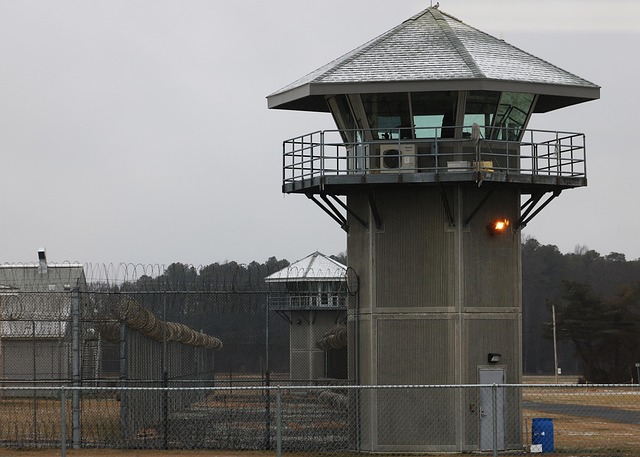Pedestrians facing DUI traffic stops have vital legal protections, including the right to remain silent, refuse questions, and only provide identification for unrelated reasons. Officers must adhere to strict protocols, ensuring encounters are safe and non-harassing. Understanding these rights, crucial for both citizens and authorities, safeguards fairness and empowers individuals against potential abuse of power by law enforcement during DUI patrols.
In today’s world, understanding your rights during interactions with law enforcement is crucial, especially for pedestrians facing DUI (Drunk Driving Under Influence) stops. This article guides you through the legal framework surrounding these encounters, highlighting key protections for pedestrians. We also offer practical strategies for staying safe in public spaces, identifying hazards, and knowing what to do during a DUI patrol. Additionally, we provide step-by-step guidance on how pedestrians should behave during such stops to protect themselves and their rights, avoiding common mistakes along the way.
- Understanding Pedestrians' Rights During DUI Traffic Stops
- – The legal framework surrounding pedestrian interactions with law enforcement during DUI (Drunk Driving Under Influence) stops
- – Key protections and rights guaranteed to pedestrians under the law
Understanding Pedestrians' Rights During DUI Traffic Stops

When a pedestrian is involved in a DUI traffic stop, it’s crucial to understand their rights to ensure safety and fairness. Pedestrians have the right to remain calm and refuse to answer any questions that might incriminate them. They are not required to provide identification unless they are being detained for a specific reason unrelated to the DUI investigation. It’s essential to remember that during these stops, law enforcement officers must adhere to strict protocols to protect both the pedestrian and their rights.
During such stops, pedestrians can request to speak with an attorney or remain silent. Any evidence gathered as a result of a violation of these rights could be considered inadmissible in court. Understanding these rights empowers pedestrians to assert themselves and protect against potential misuse of power by law enforcement.
– The legal framework surrounding pedestrian interactions with law enforcement during DUI (Drunk Driving Under Influence) stops

When it comes to pedestrians’ rights during DUI traffic stops, understanding the legal framework is crucial. In many jurisdictions, pedestrians have specific protections in place to ensure their safety and privacy. During a DUI stop, law enforcement officers are generally prohibited from targeting or harassing pedestrians solely based on their presence near an affected area. Pedestrians have the right to proceed about their business unless they pose a clear danger to the investigation or public safety.
Under these circumstances, pedestrians can expect to be treated with respect and dignity. They are entitled to refuse to answer any questions that could incriminate them and have the right to leave if they do not interfere with the stop. However, officers may request identification or ask general questions related to the area, without suspicion of criminal activity. It’s a delicate balance between ensuring public safety during DUI patrols and upholding the rights of innocent pedestrians caught in the vicinity.
– Key protections and rights guaranteed to pedestrians under the law

Pedestrians, as vulnerable road users, are entitled to specific protections under the law. During a DUI (Driving Under the Influence) traffic stop, pedestrians have key rights that must be respected. These include the right to safety and protection from potential harm. Police officers are mandated to ensure that their actions do not put pedestrians at risk during such stops.
One of the critical rights is the freedom from unreasonable searches and seizures. This means pedestrians should only be asked to provide information relevant to the traffic violation, and any interactions should be conducted with respect for their personal space. Additionally, they have the right to refuse to answer questions that could incriminate them, especially regarding alcohol or drug use. Pedestrians are also protected from excessive force and should be treated with dignity during these encounters.
In ensuring safe streets, it’s imperative to recognize and uphold the rights of pedestrians during DUI traffic stops. Understanding these legal frameworks empowers individuals to navigate such encounters confidently, fostering a culture of accountability and public safety. By knowing their protections, pedestrians can demand fair treatment and contribute to a more just and secure community.






